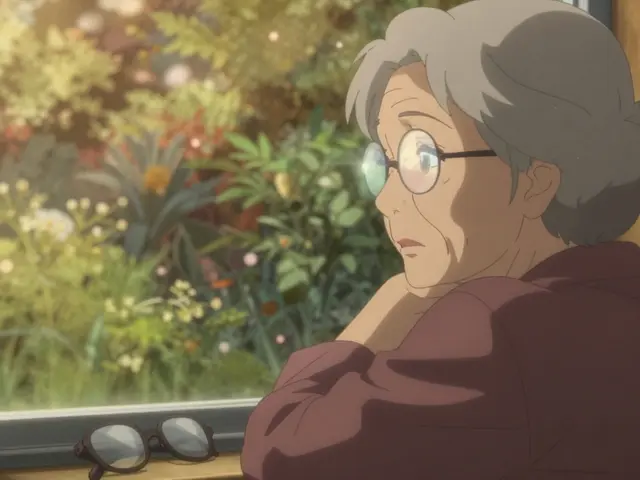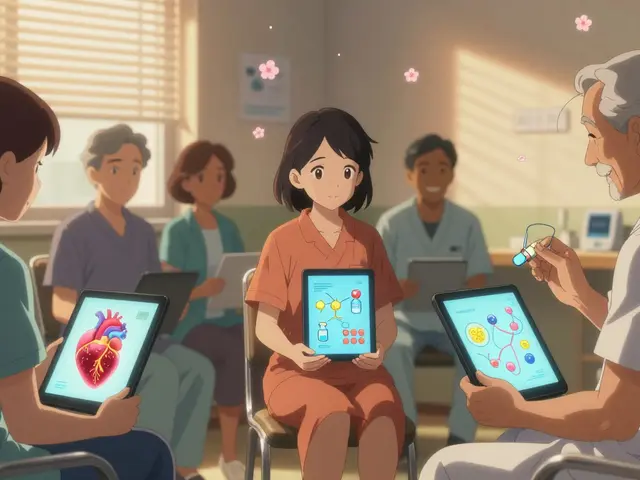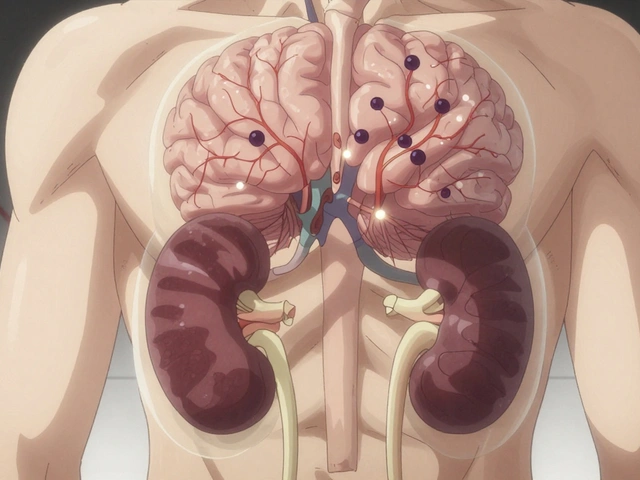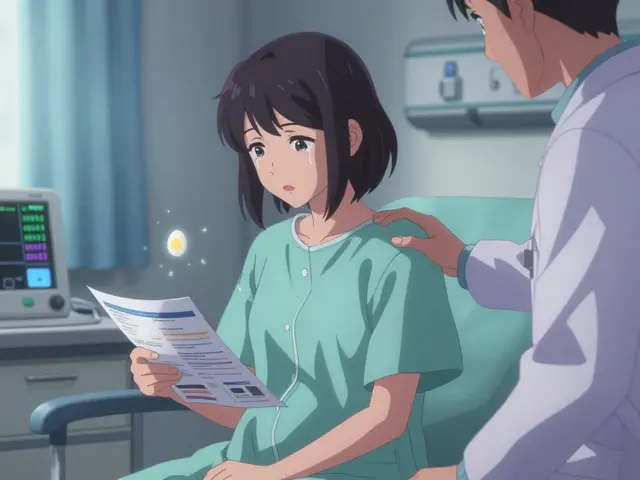Understanding erosive esophagitis: Causes, Symptoms, and Management
When dealing with Erosive Esophagitis, a condition where stomach acid damages the lining of the esophagus. Also known as acid‑induced esophageal injury, it most often shows up as a result of Gastroesophageal Reflux Disease (GERD), a chronic backflow of gastric contents into the esophagus. In simple terms, if you’ve ever felt a burning feeling after a big meal, that’s the first sign that your esophagus might be under attack.
Symptoms usually start with heartburn, a sour taste, or trouble swallowing. Doctors confirm the diagnosis with an endoscopy, which lets them see the inflamed tissue and sometimes take a tiny sample. The link between GERD and erosive esophagitis is tight: the more frequent the reflux, the higher the chance the esophageal lining gets eroded. This makes early detection crucial—once the lining is scarred, it can lead to strictures or even Barrett’s esophagus.
Treatment centers on cutting down the acid that’s doing the damage. That’s where Proton Pump Inhibitors (PPIs), powerful acid‑suppressing drugs such as omeprazole or esomeprazole step in. PPIs reduce stomach acid production by up to 90%, giving the esophagus a chance to heal. Most patients notice relief within a few days, but full healing can take several weeks. For people who can’t tolerate PPIs, H2 blockers or antacids provide a backup plan.
Medication alone isn’t enough if you keep feeding the fire. Dietary triggers—spicy foods, citrus, chocolate, caffeine, and alcohol—often worsen reflux. Eating smaller meals, avoiding lying down for two hours after eating, and raising the head of the bed are simple habits that cut down acid exposure. Even weight loss can make a big difference; extra belly fat pushes the stomach upward, encouraging reflux.
Because many drugs can irritate the esophagus, it’s smart to check what you’re taking. Some antibiotics like cefpodoxime, or thyroid meds such as levothyroxine, can cause irritation if they sit in the throat too long. Taking pills with plenty of water and staying upright for at least 30 minutes helps keep them from adding insult to injury.
If erosive esophagitis is ignored, scar tissue may form, narrowing the tube and making swallowing painful. Long‑term acid exposure also raises the risk of Barrett’s esophagus, a precancerous change that needs regular monitoring. That’s why doctors schedule follow‑up endoscopies after a few months of treatment to ensure the lining is repairing correctly.
Kids aren’t immune either. Pediatric erosive esophagitis often follows the same pattern—dietary excesses, obesity, or certain medications can trigger reflux. Parents should watch for signs like frequent vomiting, chronic cough, or difficulty gaining weight, and bring the child to a pediatric gastroenterologist for evaluation.
Monitoring your progress is simple. Keep a symptom diary, noting foods, timing, and any medication changes. If heartburn returns after stopping PPIs, a step‑down approach—gradually lowering the dose—helps prevent rebound acid production.
Key Takeaways
In short, erosive esophagitis is an acid‑driven injury linked tightly to GERD. PPIs are the frontline defense, but lifestyle tweaks and careful medication use play equal roles. By catching the problem early and sticking to a healing plan, you can protect your esophagus and avoid long‑term complications.
Below you’ll find a curated list of articles that dive deeper into related medications, dietary tips, and management strategies—perfect for anyone looking to manage their symptoms or learn more about the science behind treatment.
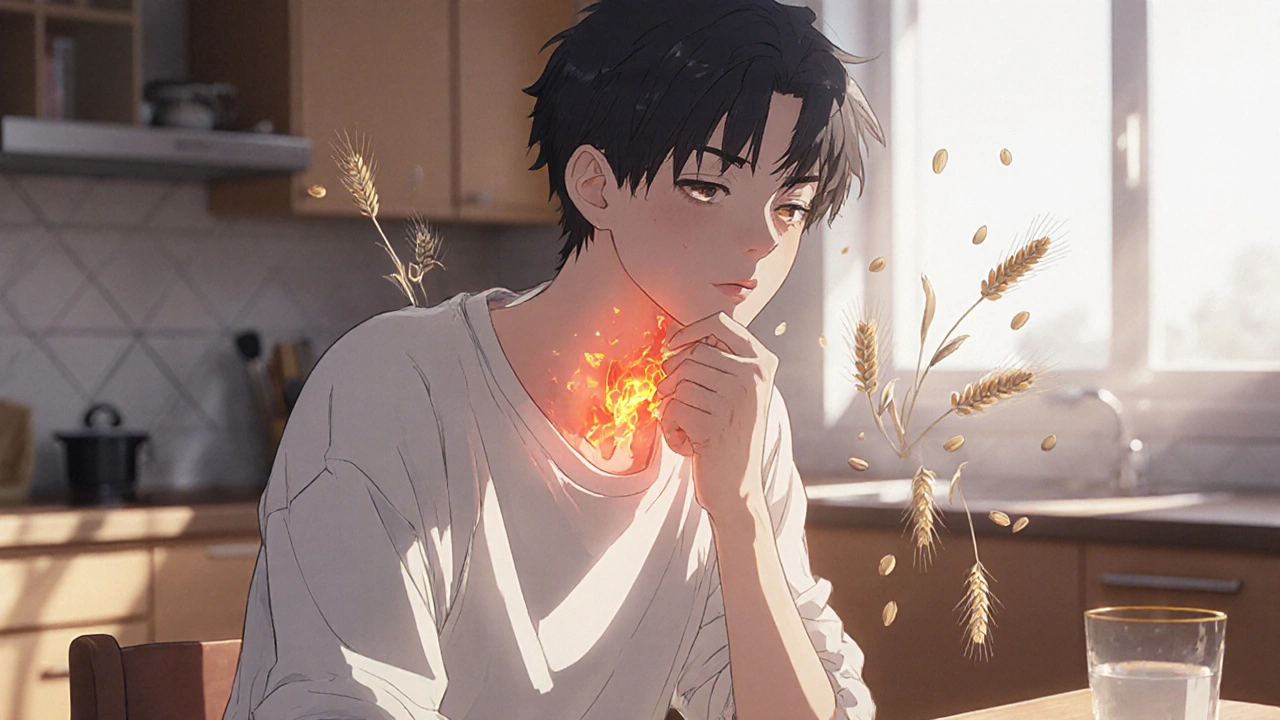
Erosive Esophagitis & Celiac Disease: Understanding the Link
Explore how erosive esophagitis and celiac disease are linked, what symptoms overlap, how doctors diagnose both, and effective treatment steps to manage the duo.
Continue Reading